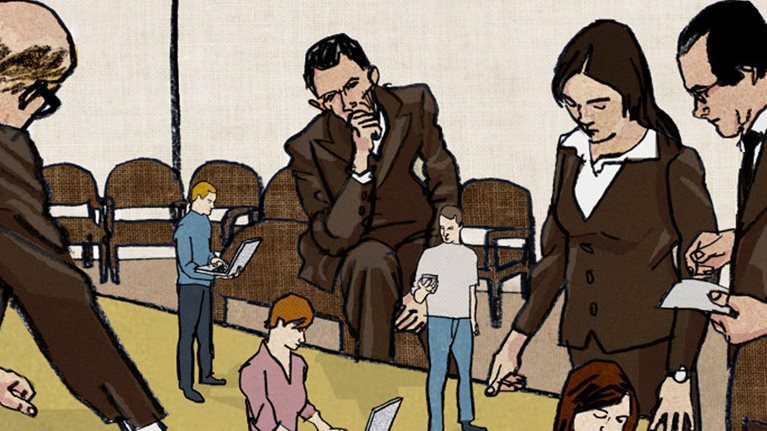When consumers tweet, exchange photos, or search for information on the web, they’ve come to expect that it will be free. In economic terms, this panoply of services by web providers amounts to a vast consumer surplus. Three years ago, we took the measure of these consumer benefits in the United States and Europe.1 Using survey data and statistical analysis, we estimated how much consumers would be willing to pay for each of a range of services and then aggregated the benefits,2 which we found totaled €130 billion.
A 2013 update suggests that the consumer surplus has nearly doubled, to €250 billion (exhibit). Three-fourths of the incremental surplus results from the explosion in consumer use of the wireless web through smartphones and tablets—propelled by the migration of web services, communications channels, social media, and entertainment to these wireless devices. Broadband usage also has grown in the countries analyzed, rising to 65 percent of all households, from a little more than 50 percent.
The web’s consumer surplus has nearly doubled in the past three years, primarily because of the explosion in consumer use of wireless access.

While web services are free to consumers, many companies providing them generate income from their extensive platforms and user networks, through advertising or access charges for valuable information about consumers and their preferences. In our analysis, we identify those two activities as a cost to users and set a price we think they would pay to avoid disruption of their web experiences or to limit the risks associated with sharing personal information.
Since 2010, these costs have risen to €80 billion, from €30 billion, reflecting growing consumer sensitivity to web clutter and privacy issues. While that’s a sizable increase, it’s less than the rise in the web’s total surplus for consumers, suggesting that the net effect on them remains strongly positive. Interestingly, in a sign of maturing usage, the net surplus for the wired web has remained close to flat since 2010, as a large increase in privacy and clutter risk balances the increased surplus. Mobile usage drives almost the entire increase in the overall net consumer surplus.
As an extension of our core surplus analysis, we estimated the value of the trust users have in the web brands they use to interact with others, seek information, and consume entertainment. This trust generates a €50 billion surplus across both wired and wireless use. Leading web-service providers such as Google (including YouTube), Facebook, Microsoft, Yahoo!, and Twitter capture nearly half of the trust surplus. This concentration in a few marquee brands, many of which actively generate revenues from their web services, suggests that these revenues can coexist with acceptable privacy and web-experience quality levels. Indeed, they must do so, given the fragility of that trust and the ease of undermining it when companies mismanage user expectations. Companies with strategies that meet or exceed them while increasing the range and reliability of their web offerings—particularly mobile services—should be well positioned to enjoy a virtuous cycle in which the creation of a consumer surplus expands the scope of opportunities to generate revenue and value.


